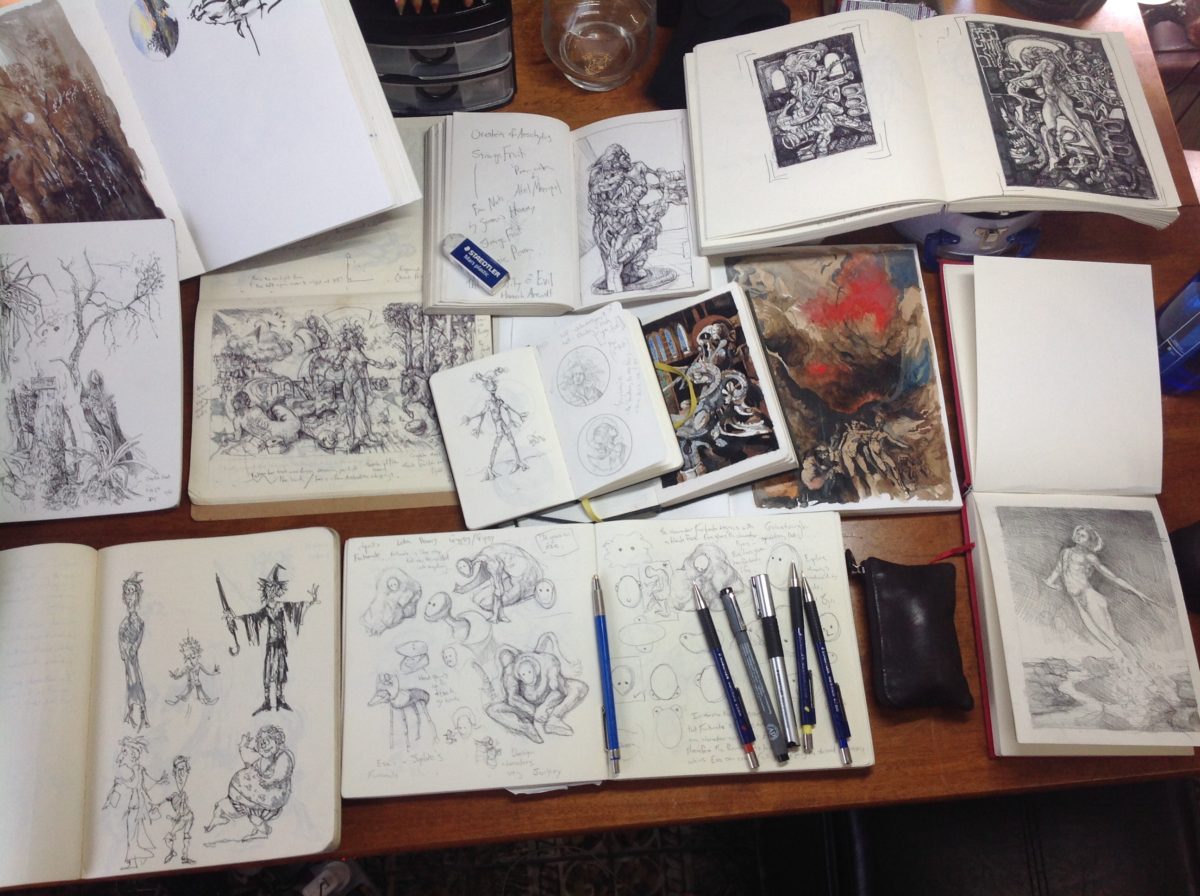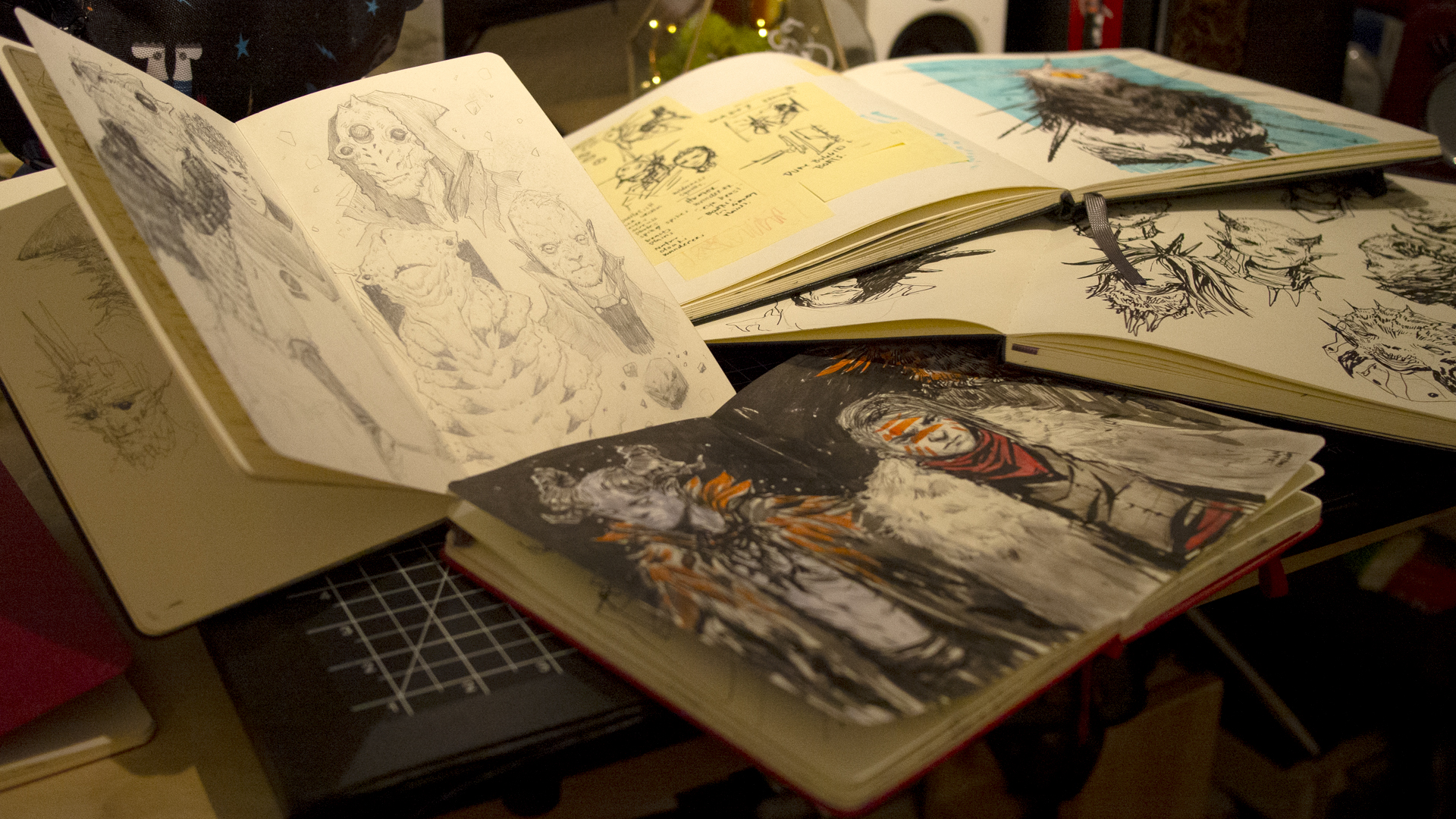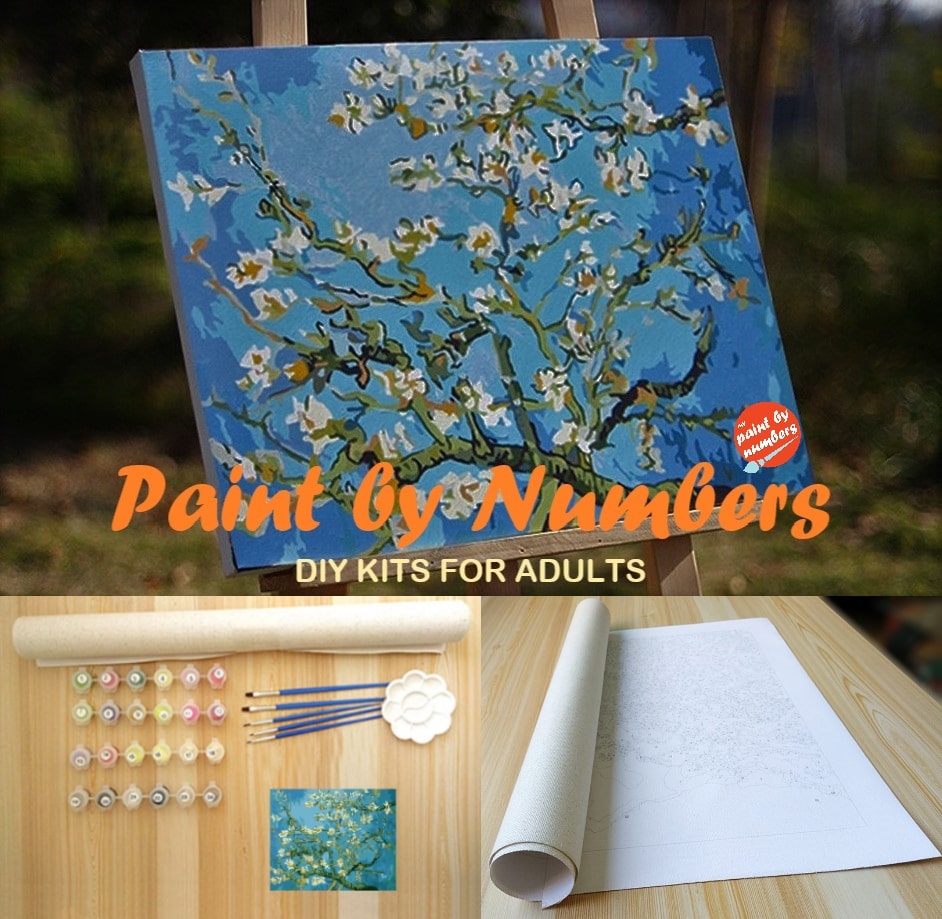If you’re struggling to find the motivation to pick up that unfinished sketchbook…
I’ve been there many times before.
Here are my best sketchbook tips to help you break through the mental battle for motivation and inspiration in your pursuit of creativity.
Don’t have a sketchbook yet?
Take a look at this post I wrote to guide you through some of my favorite sketchbooks to use.
Finished Not Perfect
I first discovered this idea through artist Jake Parker who taught me this philosophy that ultimately led to a huge breakthrough in my sketchbooking.
I think we all tend to suffer with a bit with perfectionism which is made especially prominent in our artwork.

The sheer number of pages I’ve either not finished or ripped out entirely is kind of outrageous.
Not only is this just plain wasteful, but also really demotivating as you can’t seem to complete one good piece of work.
Now this brings up the question:
What is a ‘good’ artwork?
What’s unhealthy nowadays is that psychology is continually fed the notion ‘good’ is ‘perfect’ through social media.
These perpetual highlight reels force us legitimately into the cycle of compare, compare and compare.
This is all happening subconsciously which is the scary part, so take the time to mindfully refrain from this comparison and re-centre your expectations toward your own improvement. Your own artistic journey at whatever stage you’re at.
This is what your sketchbook is for.
It’s a creative playground for experimentation and short scribbles, NOT a museum of masterpieces.
The caveat here is that what you plan on doing for each page should be FINISHED.
This may seem a little counter intuitive as I just said to experiment and let loose, but the point is not to obsess over the details.
This is key:
Whatever you plan on doing – perhaps that’s to practice how you draw or paint trees – make sure you draw or paint trees.
Not half trees. Not two third trees.
Make sure you paint trees.
This is the essence of ‘finished not perfect’; it’s completing what you set out to do and not shoot for an unattainable benchmark of perfection.
It’s this shift in mindset which has the potential to really fight that frustrating procrastination that can stunt your improvement, making you finally able to push past those first few pages of your sketchbook until completion.
Don’t think, just do
I’ve taken inspiration from Top Gun with this philosophy.
Especially when you’ve fallen into some what of a creative slump, it’s difficult to muster up the motivation or find inspiration (there’s a slight nuance between the two terms).
Some people might tell you just to go look around for something that might give you a spark of inspiration, but I’ve found that simply starting is the best solution.
Your sketchbook shouldn’t be a place where you meticulously plan the composition of your pieces or what colors you use, this becomes your one-way ticket to procrastination and keeping those sketchbook pages blank.
Instead…
Give yourself 10 minutes (literally put on a timer) to sit down and draw either something from memory or from an image reference of your choosing.
The thing is, once you get started, the process becomes a whole lot easier once you’ve gotton the momentum rolling.
One of the main factors that pulls us away from our sketchbooks is merely the scary and discomforting thought of starting.
Once we break through this initial hurdle, everything should fall into place quite easily.
So one of my best tips to help you improve your sketchbooking is to not think too much and instead, focus more on the actual process of creating.
If that’s just sitting down for 10 minutes and doing a quick sketch; so be it. Any time spent in your sketchbook is time dedicated to improvement!
Post-it notes
Post-it notes might be something you’ve never thought about using in your sketchbooks.
Let me tell you, they can be incredibly helpful when overcoming your fear of making mistakes (even though now you should be thinking finished not perfect) which leads to endless procrastination.
Simply put:
Use post-it notes to ‘cover’ areas or sections of your sketches that you find needing improvement. Then redraw or paint the elements as you please.

Not only will this save you from the dissappointment of a ‘ruined’ page, but will highlight the areas that you need improvement in.
Over time – due to the typical bright colors of post-it notes – you will be able to determine a trend of what you keep having to ‘cover’ and draw/paint over.
This can be super helpful in visually showing you what areas you need to work on and whether or not you are making any improvements.
Here’s the key:
By tracking your errors and dissatisfactions using post-it notes, you are effectively comparing your own previous works with new ones.
This will help you shift away from the continual comparison with media posts into a mindset of self improvement at your craft.
Plus, post-it notes just look cool in a sketchbook and can add a real sense of character and experimental feel as you practice.
Note taking
Building upon the whole idea of your sketchbook almost being a creative journal, another tip I’d recommend would be to actively take notes in some of pages.

If you’re genuinely wanting to improve at art…
Treat your sketchbook almost as if you’re annotating in a textbook.
Not excessive paragraphs and blocks of text, but simple notes like:
“Working on flowing linework”
“Should layer more here”
Short and sweet phrases such as what you want to improve on, why you decided to do something, an artist you found inspiring etc.
So when you flick through, you either can pinpoint and work on your weaknesses or compare and see if you’ve improved at your current point in time.
I’ve found that these simple notes can really speed up your trend of improvement particularly as I experimented with different painting techniques I had never seen before.
To take this a step further,
Why not make your sketchbook your main journal?
A place where you can experiment, work on small art pieces whilst documenting your traveling, state of mind or what ever else you decide to write about!
I’m almost certain you’ve tried or have at least heard of journaling and its plethora of benefits offered to you as an individual.
You have the potential to unlock the MANY benefits of art AND journaling simultaneously, all in a single spot; your sketchbook.
Smaller sketchbook size
I’ve found that one of the most challenging aspects of sketchbooking to be filling up the entire page.
Particularly if you’re running dry of motivation, it can be very frustrating leaving large areas of pages empty.
The worst part about this is that it compounds the feeling of being unmotivated and uninspired.
However, I’ve found that by working with a smaller sketchbook size even less than the typical A5 dimensions, it can be a whole lot easier to let loose and move away from the internal inclination of large, refined sketches.

The smaller size, forces you to zoom out and pay less attention to the details, which is great and exactly what this idea is trying to get you to do.
I urge you to purchase a smaller sized sketchbook such as the Moleskine Art Collection Japanese Album 9×14 cm:

Perhaps in addition to the one you already have, in order to embrace a looser sketching or painting style in order to push past that creative slump.




Leave a Reply